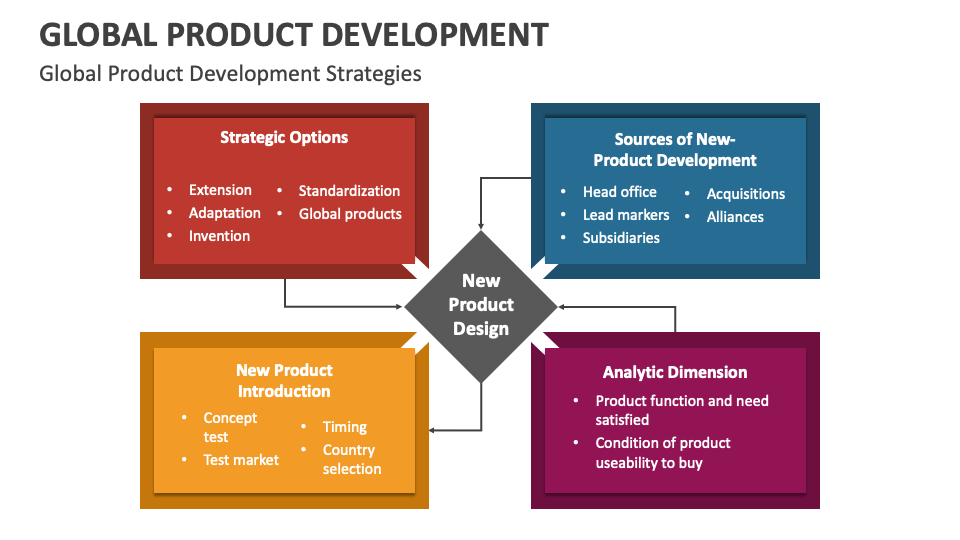Community Adjustment in International Creation and Production
In an progressively interconnected environment, the realm of product design and manufacturing is undergoing a dramatic shift. Companies are no longer confined to regional markets; they are harnessing global resources, talent, and insights to create products that resonate with different audiences. This societal adaptation in global design and manufacturing is not just a fad, but a strategic necessity for businesses striving to thrive in volatile environments.
Advantages of global product manufacturing go far beyond financial savings. By incorporating diverse cultural perspectives, companies can generate in ways that cater to the individual preferences and needs of different markets. This method not only enhances customer satisfaction but also fosters brand loyalty, as consumers feel a greater connection to products that reflect their cultural identities. Moreover, utilizing global networks enables quicker development cycles and access to state-of-the-art technologies, ultimately leading to superior quality products and a robust market presence.
Understanding Societal Contexts
Ethnic contexts serve a crucial role in worldwide product design and manufacturing. By identifying the unique preferences, traditions, and values of different markets, companies can customize their products to satisfy consumer expectations more effectively. This insight minimizes the risk of cultural missteps that could result to product rejection or brand damage in overseas markets. The local culture shapes not only the design aesthetics but also functionalities that may appeal better with specific audiences.
Furthermore, adapting products to align with cultural contexts boosts the appeal and marketability of a brand globally. For instance, color preferences, symbols, and even marketing messages can change significantly in meaning across cultures. Manufacturers who engage with local cultures gain insights that allow them to create products that seem more tailored and appropriate. This can foster brand loyalty, making consumers more inclined to choose products that embody their identity and cultural heritage.
In conclusion, incorporating cultural contexts into the product development process can result in innovative solutions that arise from different perspectives. Cooperation with local teams and stakeholders can unveil new ideas and functionalities that might not be apparent from a singular cultural viewpoint. By embracing cultural diversity in international product manufacturing, businesses not just enhance their offerings but also contribute to a more vibrant global marketplace that respects individual cultures.
Adapting Designs for Varied Markets
In a global marketplace, understanding and responding to cultural and social differences is essential for successful product design and production. Each market has distinct preferences, values, and traditions that impact consumer behavior. By adapting designs to mirror community customs and aesthetics, companies can improve product acceptance and elevate customer loyalty. For example, colors and symbols that appeal favorably in one culture might be viewed negatively in another. Therefore, thorough market research is crucial to ensure that products are socially relevant and interesting.
Furthermore, local regulations and standards can change significantly across regions, presenting both challenges and opportunities in product design. Adjusting designs not only helps meet these regulations but also syncs with local consumer expectations regarding quality and performance. For manufacturers outside of china , safety standards for children’s products differ from one country to another, necessitating it necessary for manufacturers to tailor their designs accordingly. This flexibility can lead to a market advantage, positioning companies as responsive and responsible players in international markets.
Ultimately, leveraging local design talent can provide understanding that improve product relevance and innovation. By collaborating with designers who have a rich understanding of regional culture, businesses can create products that are not only practical but also connect on a deeper level with consumers. This approach not only drives sales but also builds goodwill and brand loyalty, as customers feel recognized and appreciated. Embracing diverse perspectives in design can ultimately lead to enhanced innovative and successful products in the global landscape.
Challenges in Global Manufacturing

A key issues in international manufacturing is managing the complexities of different regulation environments. Every nation has its own set of legislation and criteria regarding worker rights, environmental regulations, and security standards. Adherence with these diverse laws can be challenging and may lead to elevated costs and setbacks. Firms must invest resources and resources to ensure that their operations adhere to country-specific legislation, which can be notably difficult when operating in various regions with divergent requirements.
Another major challenge is overseeing supply chain logistics across different geographical locations. International product manufacturing often entails sourcing components and resources from multiple suppliers worldwide. This can lead to complications such as transportation setbacks, higher shipping costs, and vulnerability to political instability. Organizations must develop effective logistics strategies to reduce these risks while ensuring productivity, which requires thorough planning and execution.
In conclusion, cultural differences can pose significant issues in worldwide manufacturing. Diverse workforces may have different expectations, interpersonal styles, and management preferences, complicating collaboration and team dynamics. Comprehending and respecting these cultural differences is necessary for building a successful work environment. Companies that fail to tackle cultural differences may experience lower employee satisfaction and decreased productivity, eventually impacting the success of their global operations.